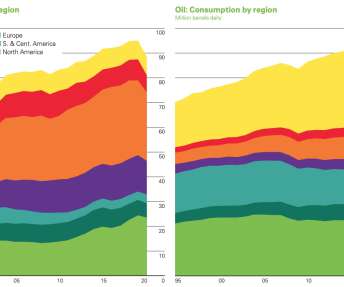New phase of globalization could undermine efforts to reduce CO2 emissions
Green Car Congress
MAY 14, 2018
A new study finds that the growth of carbon production from Chinese exports has slowed or reversed, reflecting a “new phase of globalization” between developing countries that could undermine international efforts to reduce emissions. The paper is published in Nature Communications. trillion) in 2014.





































Let's personalize your content